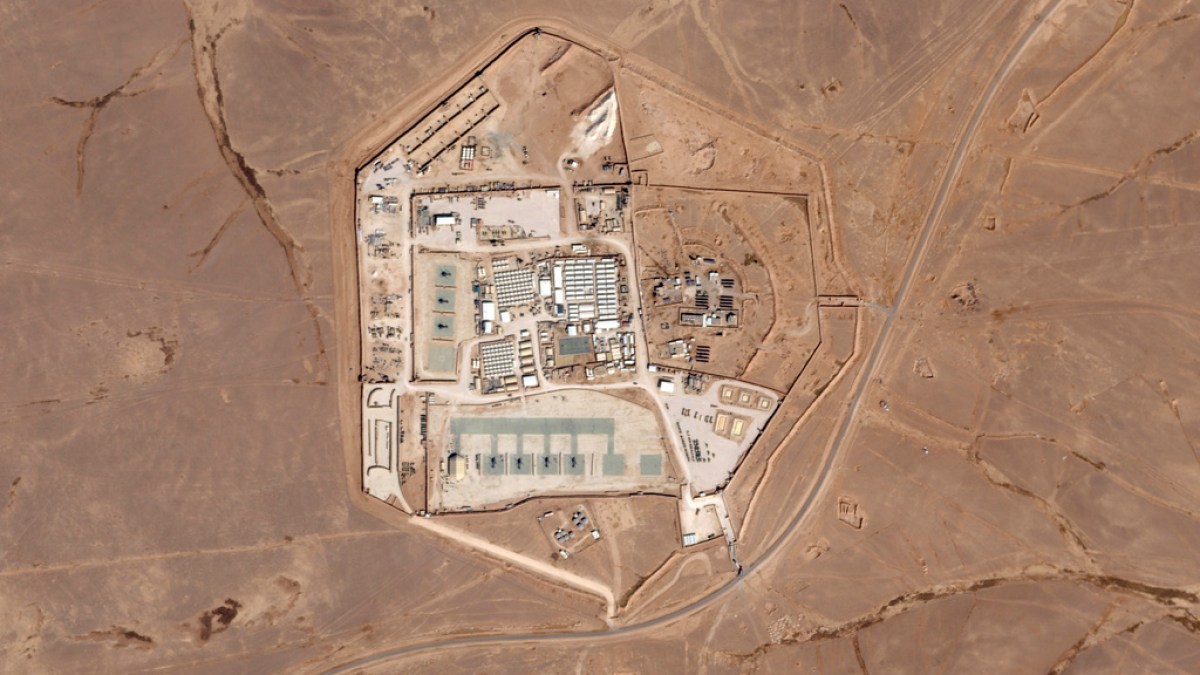The recent drone strike in Jordan, claimed by the Islamic Resistance in Iraq, has reignited the debate about the potential involvement of the United States in another Middle East conflict. The attack resulted in the tragic deaths of three US military personnel and the injury of 34 others at a base near the Syria border. This incident is just the latest development in an ongoing, undeclared war between the US and Iran-affiliated Iraqi Shia militias, which has been raging for more than five years.
Unfolding Conflict: The Backdrop
The conflict traces its origins to the controversial decision of former US President Donald
Trump to withdraw from the Iran nuclear deal in 2017. This decision was predicted to result in attacks by Iran-backed Iraqi militias on US forces in the region, and this forecast materialized soon after the withdrawal. Over time, the skirmishes between the US and the militias settled into a pattern of carefully managed tit-for-tat encounters, with most of the casualties being on the Iraqi side. The objective of these attacks appeared to be to harass American forces rather than inflict significant fatalities.
Turning Point and Tensions
In December 2019, a deadly attack by Kataib Hezbollah resulted in the death of an American-citizen working as a translator for the US military, triggering one of the most tense episodes in the conflict. In the aftermath, former President Trump retaliated by ordering the assassination of the militia’s leader, Abu Mahdi al-Muhandis, and General Qassem Soleimani of the Iranian Islamic Revolutionary Guard Corps Quds Force. This retaliatory action heightened fears of a potential escalation to a full-scale war.
Current Dynamics and Concerns
The recent drone strike in Jordan, leading to multiple US casualties, has raised concerns about the possibility of the US administration’s response precipitating a further escalation of the longrunning conflict. While the Biden administration is expected to exercise caution in its response, the upcoming election year and domestic pressures pose significant challenges. Such challenges may influence the administration’s decisions, potentially leading to heightened confrontations between the US and Iran-backed militias across the region.
Political Pressures and International Implications
The political landscape magnifies the complexities of the situation, with the Biden administration facing pressure from various quarters to take decisive action. Former President Trump’s provocative statements, blaming the drone attack on Biden’s “weakness and surrender,” add another layer of complexity to the dynamics. Additionally, the evolving power dynamics within the region, including the strength of Iran’s “Axis of Resistance,” as evidenced by recent events such as the Hamas attack on Israel and the Houthis’ disruptions in the Red Sea, contribute to the intricate web of international implications.
Iran's Calculated Approach
Iran, while appearing eager to avert direct involvement in a hot conflict with the US, continues to exert influence through its proxies in the region. The Islamic republic has been cautious in discouraging its proxies from taking actions that could escalate the low-intensity proxy conflict into a full-blown war with the US. This careful approach reflects Iran’s strategic assessment of the situation and its reluctance to see the situation spiral into a costly direct confrontation.
The Risk of Escalation and the Role of the US
Amid the existing hot conflicts and crises in the
Middle East, the region faces the looming threat of a major escalation in the proxy war between Iran and the US. However, the potential for escalation does not solely lie with Iran and its proxies; rather, it emanates from the response of the US administration. Any overreaction to the recent drone attack, driven by domestic pressures, could ignite a larger conflagration in the region with devastating consequences.
In conclusion, the recent drone strike in Jordan and the broader context of the ongoing conflict between the US and Iran-backed militias underscore the precarious dynamics in the Middle East. It is imperative for all stakeholders to exercise restraint and pursue diplomatic avenues to prevent further escalation and reduce tensions in the region.
The views expressed in this article are the author’s own and do not necessarily reflect Al Jazeera’s editorial stance.


